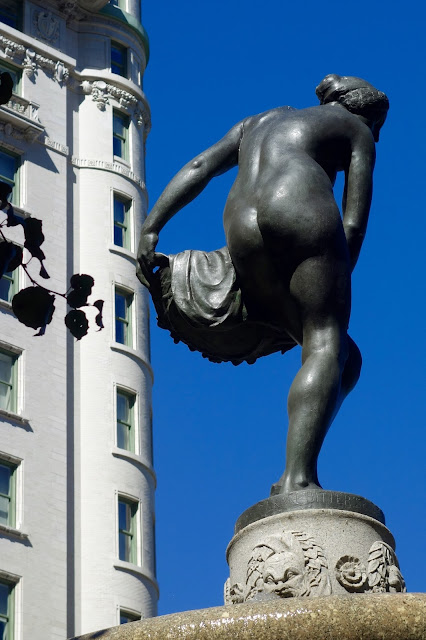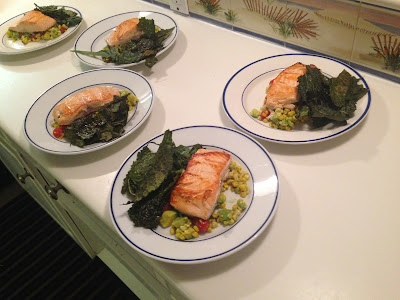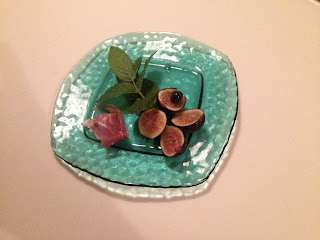The museum's Sky Room offers expansive views of Manhattan and traces of its steampunk past.
The museum's jagged facade looks like it could hook you.
The Keeper certainly did. It exhibits the work of obsessive artists who collect unexpected things, deliberately or conceptually. Low expectations made it one of my most enjoyable local museum visits in years. The "wow" factor was off the charts.
It started to resonate as soon as I saw a display case filled with polished stone. I had a small collection as a kid.
I also could imagine collecting model-like structures, even dirty quilts if I had the room.
An artist's creative preservation of his scrapbooks made sense, too.
But disgusting street trash, captured in the cellophane bottoms of cigarette packs or stacks of paper--crazy, no?
Henrik Olesen, a Danish artist, stopped me in my tracks with "Some Gay-Lesbian Artists and/or Artists relevant to Homo-Social Culture Born between c.1300-1870." What looked like a really bad science fair project offered an idiosyncratic, same-sex perspective on art history. Olsesen displayed the kind of post card reproductions you purchase in a museum with typewritten commentary on a series of themed black boards. Plus a photo of Freddie Mercury thrown in for good measure.
I'd heard about the teddy bears, but couldn't imagine being very interested. Then I stepped into a split-level room lined with 3,000 framed teddy bear images that Ydessa Hendeles gathered from family albums.
Not all of them were G-rated, either.
"The Keeper" gave me plenty to think about en route to Chinatown. I picked up a gallon jug of Superior Soy. New York sure does know how to tickle your senses.
































































































































